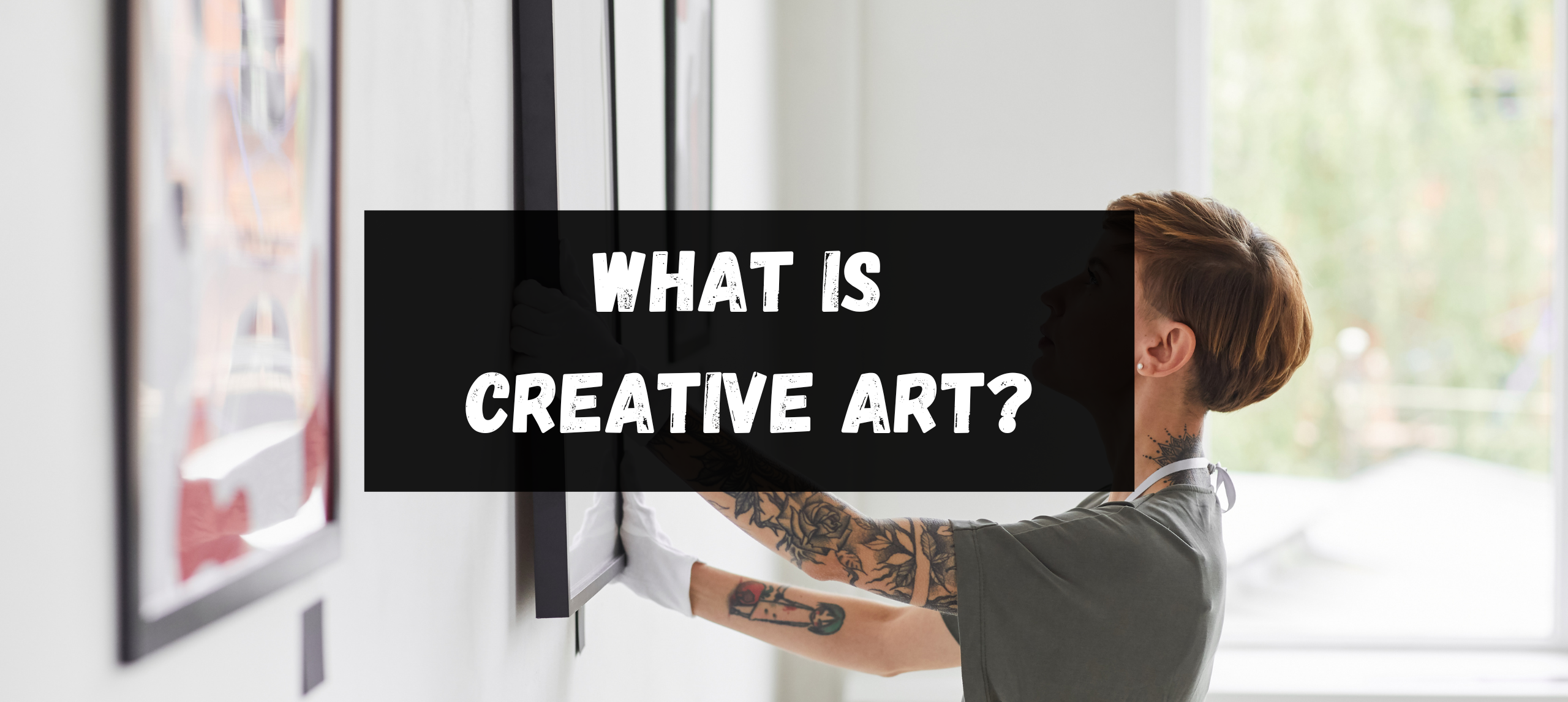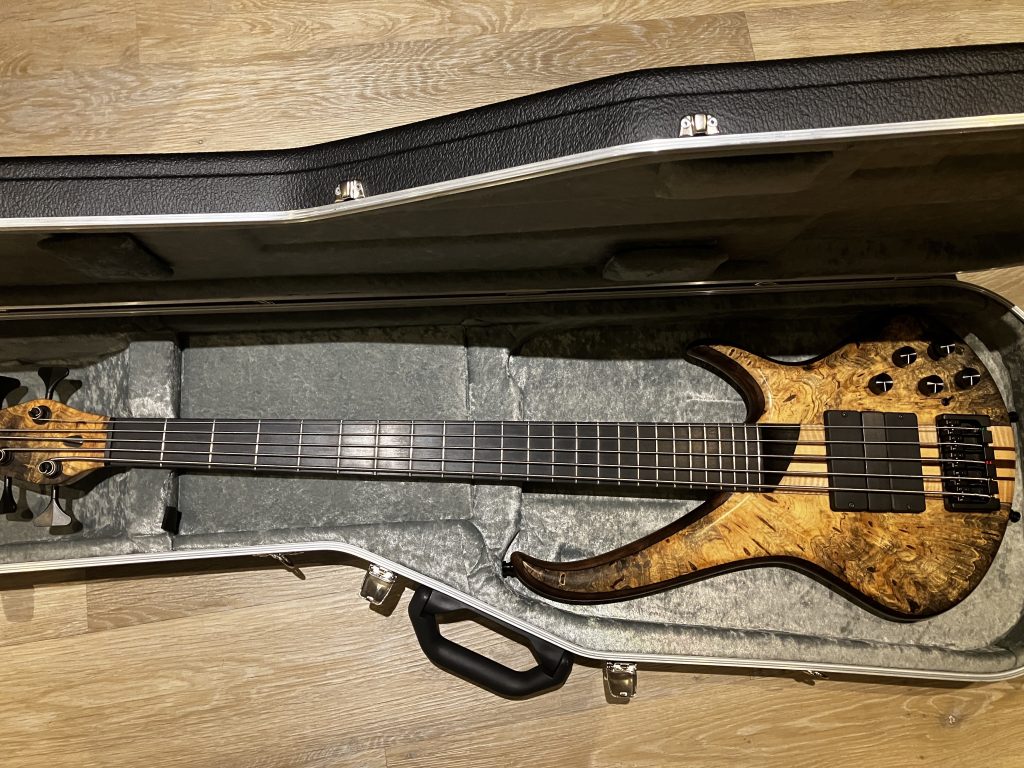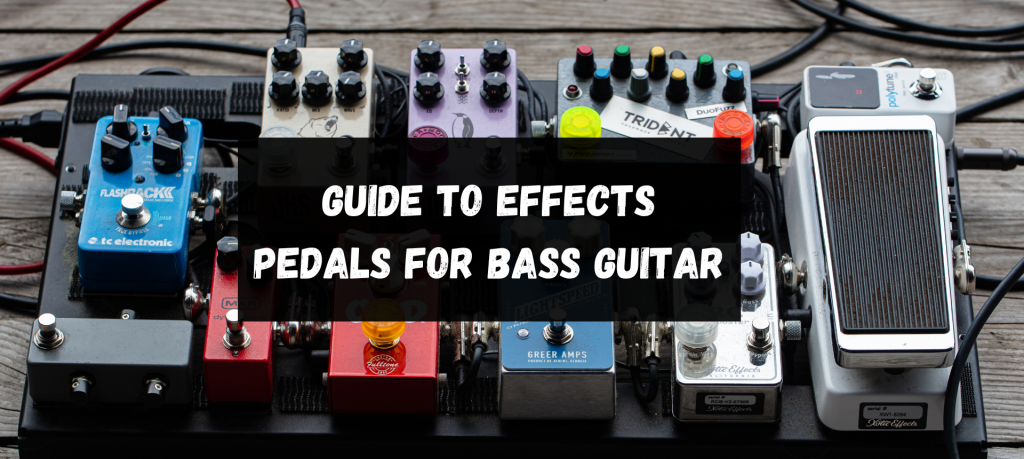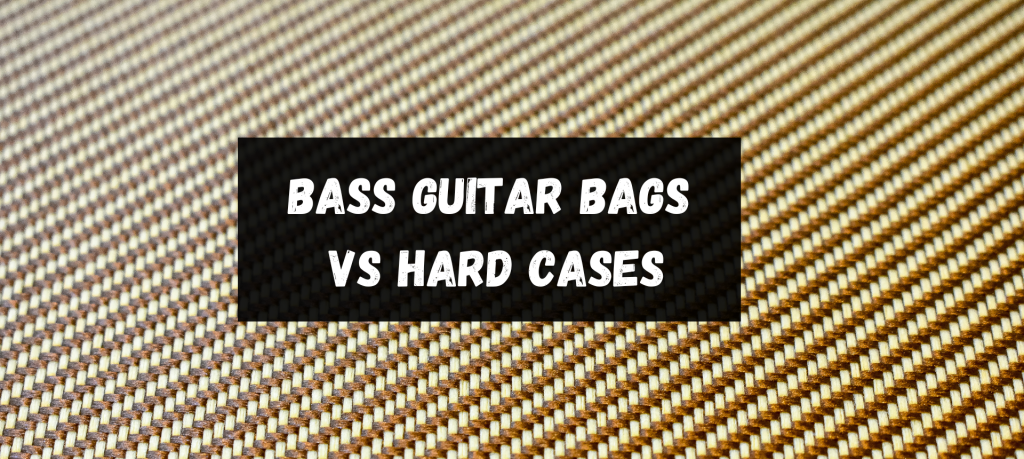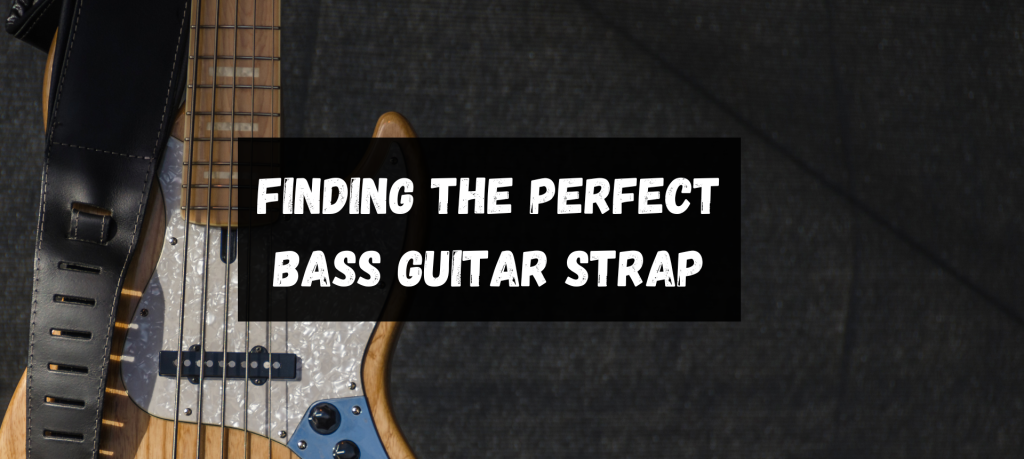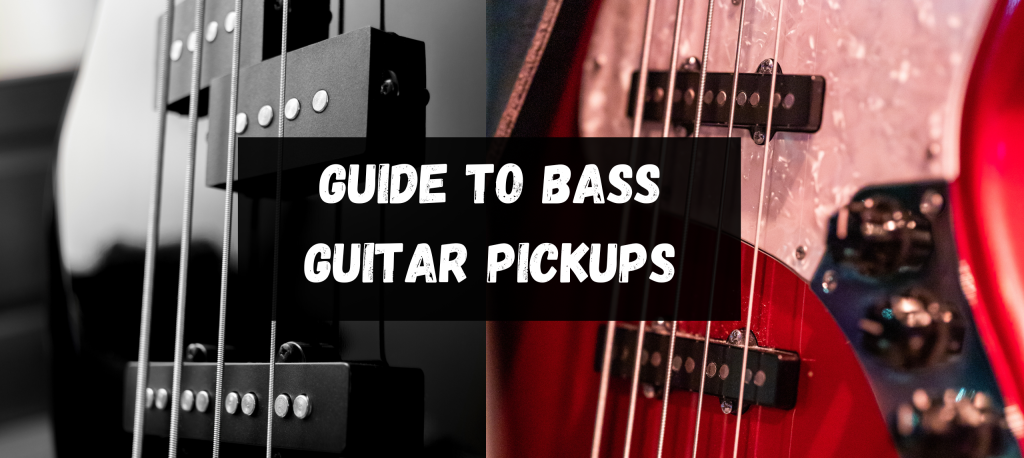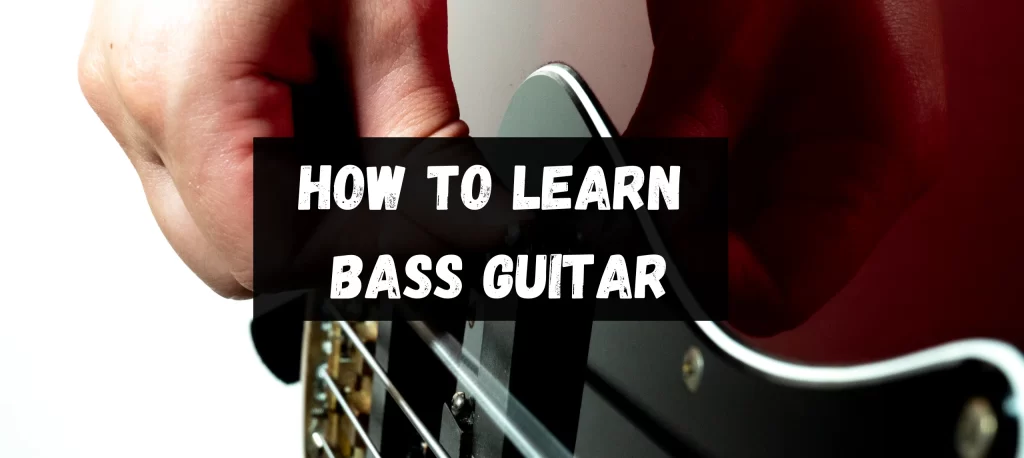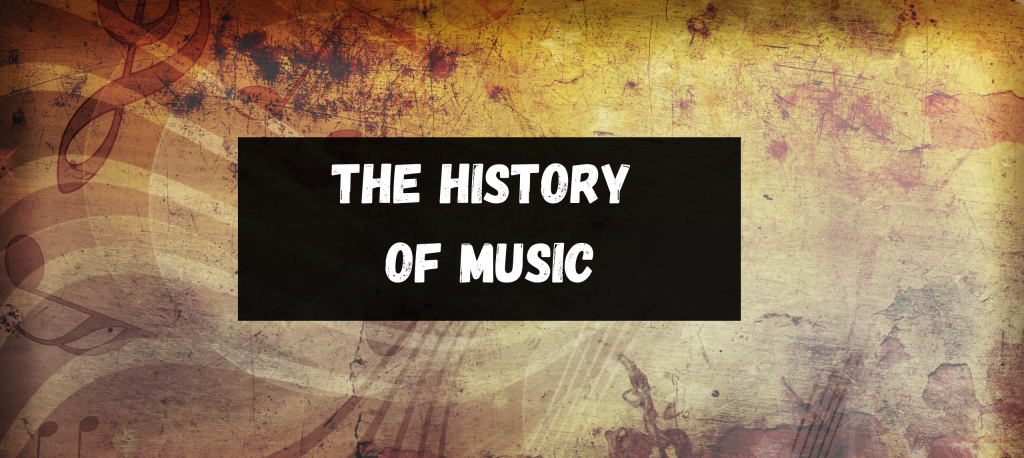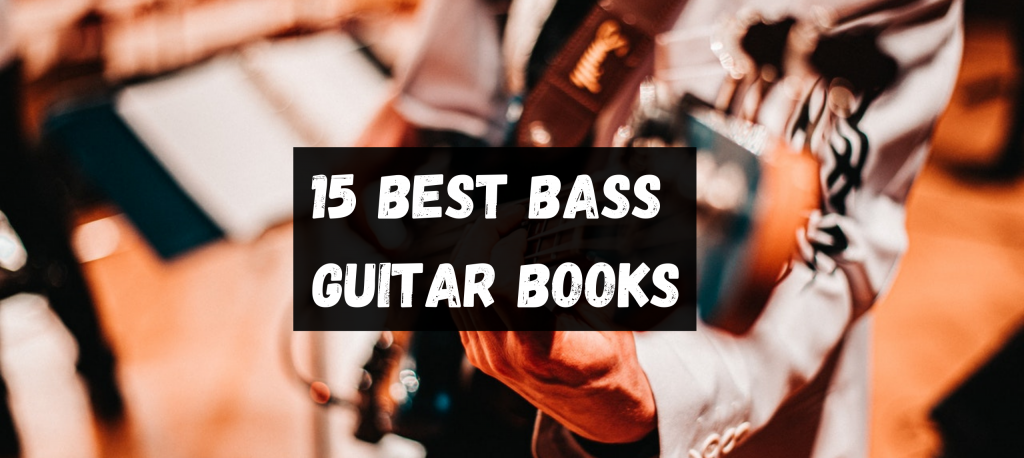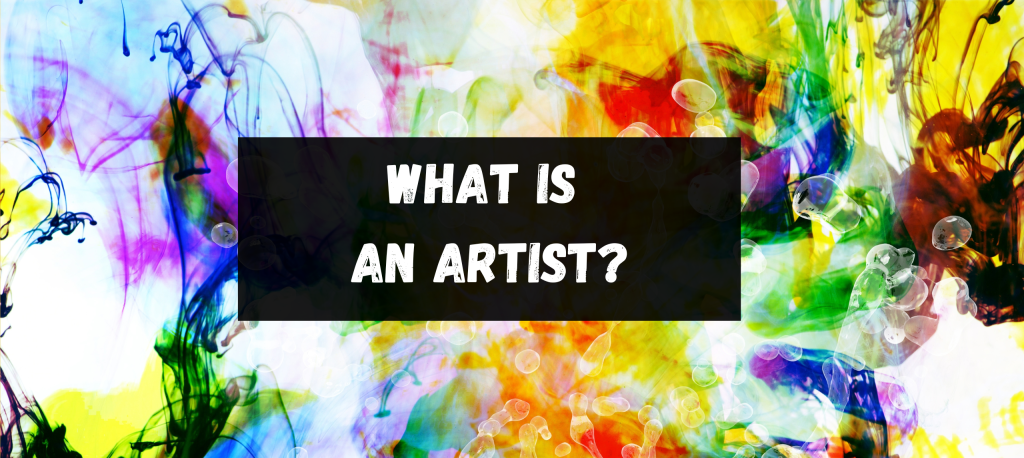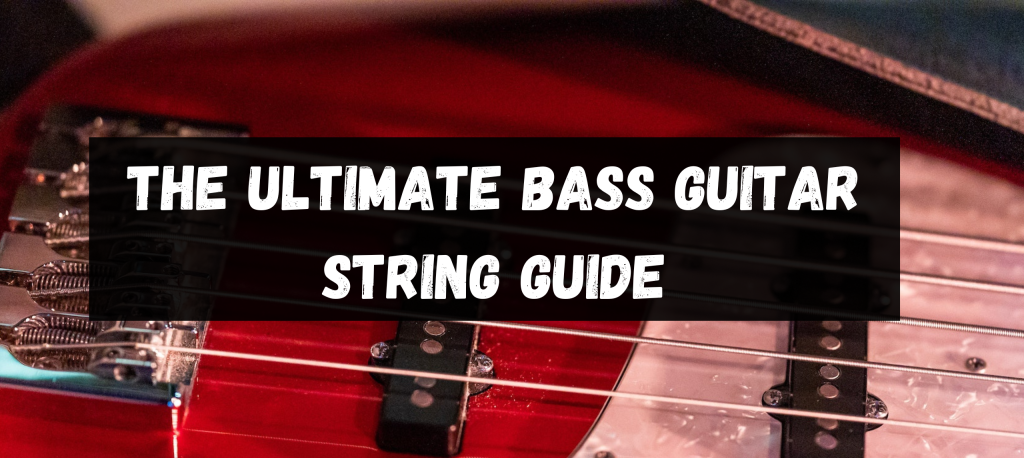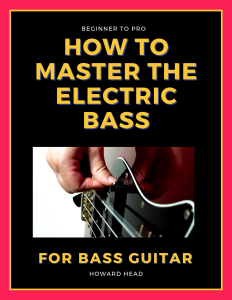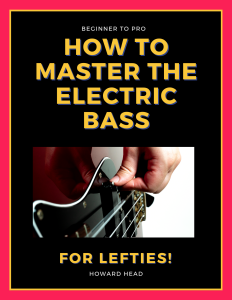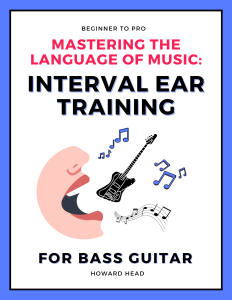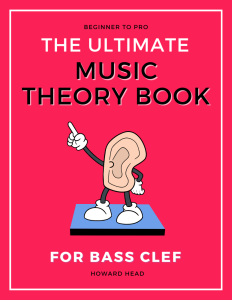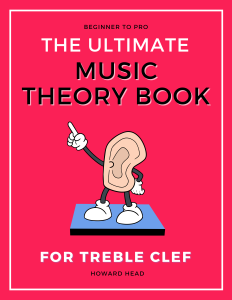September 1, 2023
Howard
Creative art is a form of expression that pushes boundaries and challenges traditional artistic norms, encompassing various mediums and techniques. It prioritises originality, innovation, and personal interpretation, often blurring the lines between art forms. From visual and auditory pieces to performance-based works, creative art captures the essence of imagination in its rawest form.
Yet, as we navigate these waters, a pertinent question arises: How does ‘creative’ differ from merely ‘artistic’? While they may seem intertwined, discerning the distinction is crucial. So, buckle up, dear reader, as we demystify and celebrate the complex tapestry of creative arts. This is an expedition you’ll undoubtedly want to be part of; after all, there’s more to art than meets the eye.
Defining Creative Arts: A Foundational Overview
The realm of creative arts occupies a pivotal space in the tapestry of our cultural heritage. It’s a domain continually evolving, challenging and reshaping our conventional understanding of artistic expression.
The Essence of Creative Arts
While art has graced civilisations for millennia, “creative arts” possesses a broader embrace. It signifies expressions that diverge from conventional artistic norms, encompass diverse artistic disciplines’ blends, and often introduce avant-garde or pioneering methods.
The Many Facets of Creative Arts
Creative arts aren’t restricted to a singular form. It spans a gamut of expressions, from the visual allure of innovative digital installations to the resonant soundscapes of experimental music and kinetic revelations of contemporary dance.
Distinguishing Between ‘Creative’ and ‘Artistic’: Drawing the Line
Understanding the delicate nuances between “creative” and “artistic” can often be the key to appreciating art in its many forms. While there’s an undeniable overlap, each carries its unique essence.
The Realm of Artistry
Being artistic primarily reflects one’s ability to showcase mastery in a traditional form or discipline. It’s about valuing and employing classic techniques and styles with a keen understanding. An artistic individual reproduces or interprets the world through a lens refined by skill and tradition.
The Journey into Creativity
Creativity, contrastingly, is marked by its spirit of innovation. It represents a willingness to sidestep conventions, a zest for introducing fresh perspectives, and a courageous inclination to experiment, even if it means defying established norms.
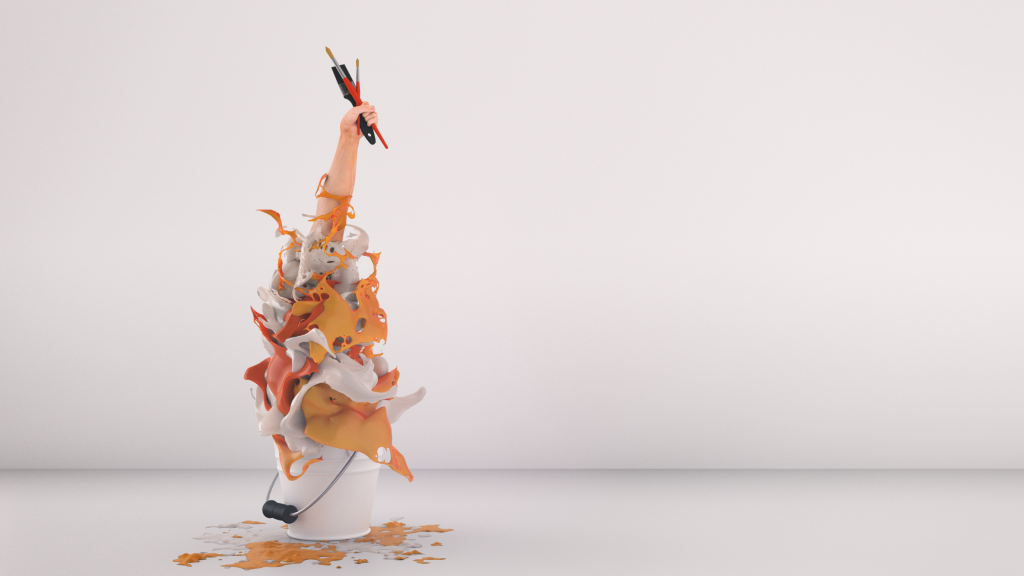
Crafting in the World of Creative Arts
From Idea to Execution
The intricate journey from an artist’s initial idea to the eventual execution of a piece remains shrouded in a certain mystery, a dance between the conscious and subconscious mind. Creative art isn’t merely about the final product but the transformative process behind it.
Spark of Inspiration
Often, it starts with a spark:
- A fleeting thought.
- An emotion waiting to be channelled.
- An observation keenly felt.
- A dream that lingers beyond sleep.
These initial sparks undergo a metamorphosis, transforming into more concrete ideas that the artist yearns to communicate.
The Developmental Phase
Following this eureka moment, a period of development ensues:
- Sketches, drafts, or preliminary sounds are created.
- Techniques and materials are considered and tested.
- Feedback is sought, often leading to iterations.
At this juncture, the artist draws from both personal experience and the broader cultural milieu, weaving them into the evolving artwork.
Final Embodiment
Eventually, commitment solidifies intent:
- Decisive strokes, sounds, or movements take shape.
- The piece matures, capturing its intended essence.
- The artist’s vision finds its resonance in palpable form.
Hallmarks of Creativity in Art: What Sets Them Apart?
Creativity emerges as the distinguishing factor in a world brimming with artistic expression. But how do we discern genuinely creative art from the multitude?
Unconventional Approach
Creative art frequently steps off the beaten path:
- Rejecting established norms.
- Pioneering unique styles or methods.
- Integrating disparate disciplines or techniques.
Emotional Resonance
More than mere representation, creative art captivates:
- Engaging the viewer’s emotions.
- Evoking deep, often unexpected reactions.
- Crafting narratives that linger in the mind.
Evolutionary Nature
True creative art never remains static:
- It challenges the status quo.
- It prompts dialogue and discussion.
- It evolves in response to cultural shifts and societal needs.
The Multifaceted Advantages of Creative Arts
In the world of human learning and development, creative arts thread unique and significant patterns. These arts, which range from visual spectacles to auditory masterpieces, play a pivotal role in shaping both the academic sphere and personal realms of individuals.
Enriching the Academic Landscape: The Role of Creative Arts in Educational Institutions
Creative arts aren’t just extracurricular; they are integral to holistic education, offering students an avenue to express, innovate, and challenge conventional wisdom.
Enhancing Learning Outcomes and Academic Performance
Delving into creative arts equips learners with:
- Improved memory and concentration.
- Enhanced problem-solving and critical-thinking skills.
- A broader perspective that aids in other subjects, fostering interdisciplinary learning.
Fostering Discipline and Regimented Learning
Creative arts demand dedication:
- Regular practice instils a sense of routine.
- Artistic endeavours teach perseverance with the understanding that mastery takes time.
- The need for precision, be it in brush strokes or musical notes, instils attention to detail.
Fortifying Confidence and Self-Worth Among Learners
The arts celebrate individuality:
- Students learn to appreciate their unique voices and expressions.
- Constructive feedback nurtures resilience and the ability to handle critique.
- Achievements, however small, boost self-esteem.
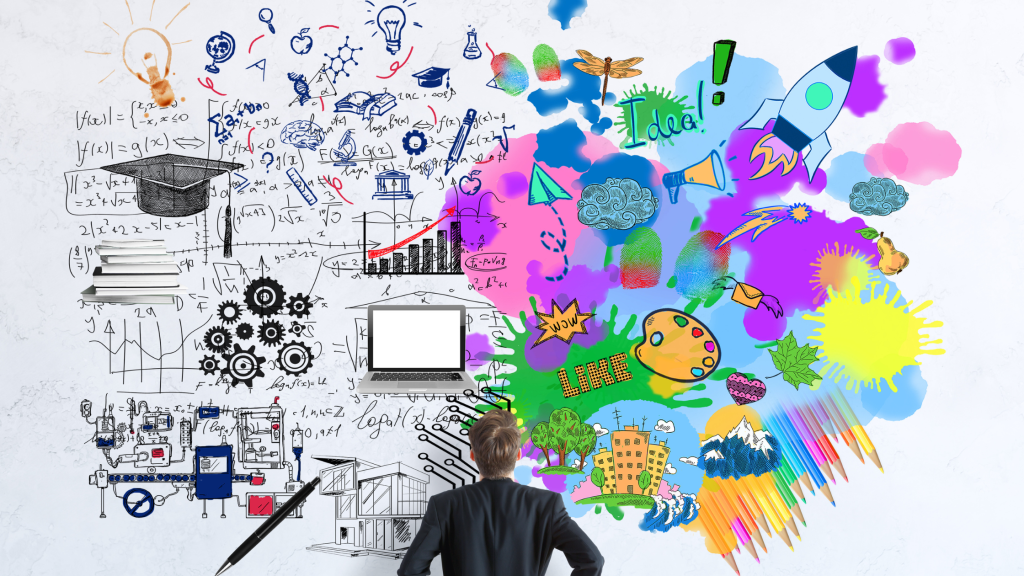
Beyond the Classroom: Extra-Curricular Pursuits and Their Impact
While institutional learning lays a robust foundation, the world outside the classroom holds a treasure trove of experiences vital for budding artists.
Networking and Community-Building Among Budding Artists
Engaging outside school offers:
- Opportunities to collaborate on projects.
- Platforms to share ideas and learn from peers.
- Exposure to a broader artistic community, bridging generational and stylistic gaps.
The Allure of Art Exhibits and Showcases
These platforms provide:
- A glimpse into contemporary and classical art trends.
- Inspiration from various genres and artists.
- A space to showcase one’s talent and receive public recognition.
The Holistic Growth Offered by Service Projects in the Arts
Community-driven art initiatives result in
- Real-world applications of artistic skills.
- Understanding the societal impact of the arts.
- Personal growth as individuals grasp the power of art in community building and transformation.
The Universal Appeal and Purpose of Creative Arts
The vast realm of creative arts, encompassing everything from the lyrical poetry of the British Isles to the abstract murals of London’s streets, holds an enduring appeal for humanity. But what about these artistic expressions that transcend boundaries and resonate deeply within us?
A Medium of Expression: How Art Conveys Thoughts, Sentiments, and Experiences
At its core, art is a language, allowing us to communicate the complexities of human experience in ways words often cannot.
- Emotional Resonance: Art, in its various forms, holds up a mirror to our shared human experiences, giving voice to emotions and weaving tales of love, loss, joy, and despair.
- Storytelling and Narratives: Each artistic piece, whether a painting, a piece of music, or a theatrical performance, tells a story. This narrative element creates a connection between the artist and the audience.
Engaging and Captivating Audiences: Art as a Tool of Entertainment
Art isn’t just about introspection; it’s also about engagement and entertainment.
- Performative Arts: The energy of the stage, whether it’s music, drama, or dance, offers a dynamic interplay between the artist and the audience, making stories come alive.
- Interactive Exhibits: Art installations often transcend traditional boundaries in the modern age, inviting audiences to become part of the experience.
The Therapeutic Touch of Creative Arts: Mood Enhancement and Stress Alleviation
Beyond its aesthetic value, art has therapeutic qualities, serving as a refuge and source of healing.
- Art Therapy: Engaging in artistic processes can lead to psychological healing, allowing individuals to express and process their emotions.
- Mood Modulation: Be it through music, visual arts, or dance, art has the power to elevate spirits and counterbalance life’s stresses.
Skills and Techniques: The Continual Learning Journey of an Artist
The world of art is ever-evolving, and artists are perpetual students.
Mastery and Evolution:
Artists constantly refine their techniques, adapting and growing with changing times and emerging technologies.
Leisure and Recreation: Art as a Refreshing Pastime
For many, art is not just about admiration but also about participation.
- DIY Craft Movements: The increasing popularity of DIY culture allows individuals to immerse themselves in artistic endeavours, turning passions into tangible creations.
- Community Art Groups: Localised art communities provide a space for enthusiasts to unite, share, learn, and indulge in their shared passion.
Creative Arts Across Different Life Stages
Life’s journey is accompanied and often enhanced by the interplay of creative arts at every stage. From the nursery rhymes and finger paintings of childhood to the refined musical compositions and curated art exhibits of adulthood, the arts weave a rich tapestry that adds depth and colour to our experiences.
Children and Creative Arts:
The world of a child is one of endless curiosity and boundless imagination. It’s a world where dragons roam free, every sound might just be a melody, and a few strokes of paint can depict the grandest of tales.
Dance and Rhythmic Movement:
- Body Language: Even before they can speak, children express themselves through movement, whether it’s a toddler’s joyous dance or an older child’s imaginative play.
- Coordination and Motor Skills: Dance allows self-expression and strengthens physical coordination.
Storytelling and Dramatic Interpretation:
- Narratives: Children craft narratives, be it through spoken stories or play, helping them understand the world around them.
- Empathy and Understanding: Role-playing and dramatic interpretation enable children to step into the shoes of others, fostering empathy.
Melodies and Harmonies: The Magic of Music:
- Cognitive Development: Numerous studies indicate the positive effects of music on brain development and cognitive functions.
- Emotional Resonance: Even infants respond to music, showing clear preferences and emotional reactions to melodies.
The Allure of Visual Arts:
- Fine Motor Skills: Drawing, painting, or crafting enhances hand-eye coordination and fine motor skills.
- Expression: For many children, visual arts provide an avenue to express their thoughts, feelings, and perspectives, sometimes long before they can articulate them verbally.
Creative Arts in Higher Education and its Profound Impact:
Moving beyond primary schooling, the higher echelons of education introduce a more sophisticated appreciation of the arts.
- Analytical Thinking: Art appreciation and criticism classes sharpen analytical and critical thinking abilities.
- Collaboration and Teamwork: Many artistic endeavours in higher education, from theatre productions to group exhibitions, foster teamwork and cooperation.
Embracing Creativity in Early Childhood: Laying a Strong Foundation:
An early introduction to the arts is akin to sowing seeds in fertile ground, reaping benefits that last a lifetime.
- Cognitive Boost: Early exposure to creative arts stimulates brain development, enhancing cognitive, linguistic, and social skills.
- Emotional Regulation: Engaging in artistic activities helps young children manage their emotions, teaching patience, resilience, and focus.
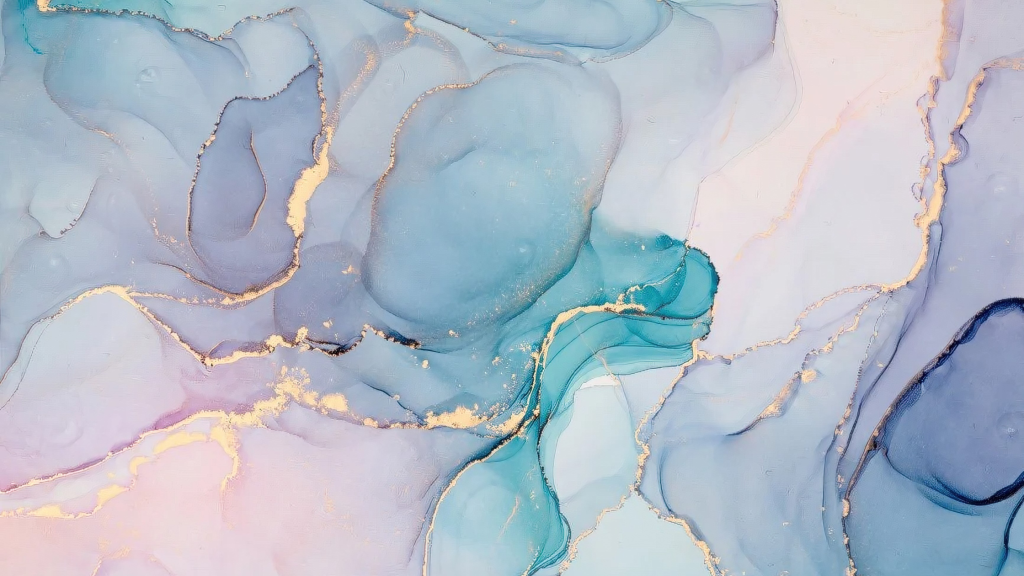
Creative Arts Across Different Life Stages
The role of creative arts in life is profound, influencing various stages from early childhood to adulthood. These arts provide a medium for expression and help shape individuals’ cognitive and emotional aspects.
Children and Creative Arts:
In the vibrant and ever-evolving world of children, every moment becomes an opportunity to learn, express, and grow. Their interaction with the arts is a testament to their limitless imagination and curiosity.
- Dance and Rhythmic Movement: From the triumphant steps of a toddler to the more structured movements of older children, dance becomes a medium for them to communicate even before words come into play.
- Storytelling and Dramatic Interpretation: Narratives take shape through stories told aloud or through play, allowing children to process their surroundings and develop empathy.
- Melodies and Harmonies: The Magic of Music: The allure of music is universal, with its rhythms and notes capturing the hearts of even the youngest listeners, aiding in cognitive development and emotional expression.
- The Allure of Visual Arts: A crayon, a paintbrush, or even fingers smeared in paint become tools for children to depict their worldview, enhancing their motor skills and creativity.
Creative Arts in Higher Education and its Profound Impact:
As we move into higher education, creative arts take on a more profound, more analytical role. They serve as subjects of study and catalysts for critical thinking, problem-solving, and collaborative work.
Embracing Creativity in Early Childhood: Laying a Strong Foundation:
The formative years of childhood are crucial, and introducing arts during this period ensures holistic development. Early artistic engagements paved the way for improved cognitive abilities, better linguistic skills, and a strong sense of emotional regulation.
The Landscape of Creative Art Forms
Delving into the world of creative arts, one quickly realises the vastness of this territory. From visual to auditory to kinesthetic forms, the spectrum of creative arts encapsulates an array of mediums that appeal to our diverse senses. The interconnectedness of these art forms paints a comprehensive picture of our cultural, historical, and emotional landscapes.
Visual Wonders: Exploring Painting and Photography
The Essence of Painting:
The stroke of a brush, the blend of colours, and the canvas coming alive – painting is an art form transcending time and cultures. It offers a window into the artist’s soul, interpreting visions and dreams with fluidity and finesse.
- Historical Context: From cave paintings to Renaissance masterpieces, painting has consistently chronicled human evolution.
- Modern Movements: The rise of digital art and mixed media showcases this medium’s adaptability and ever-evolving nature.
Photography: Capturing Moments in Time:
In an age of immediacy, photography is a testament to a moment’s power. It freezes time, allowing generations to witness, appreciate, and interpret.
- Evolution: From grainy black-and-white images to high-definition shots, the journey of photography mirrors technological advancements.
- Genres: Whether it’s the rawness of street photography or the controlled ambience of studio portraits, photography encompasses a world of genres, each telling its unique story.
Rhythmic Delights: The Universality of Music
Music, often termed the universal language, can transcend borders, cultures, and languages.
- Historical Echoes: Every era, from baroque to rock, leaves an indelible mark on the tapestry of music history.
- Global Influence: Fusion genres, global collaborations, and the digital age have blurred boundaries, creating a global musical village.
Storytelling Through the Lens: The World of Film
Cinema: The Mirror of Society:
Films reflect our societies, showcasing realities, fantasies, aspirations, and fears.
- Genres and Movements: From film noir to neo-realism, cinema has consistently evolved, presenting stories that resonate with diverse audiences.
- Influence on Pop Culture: Iconic dialogues, characters, and scenes from films seep into our daily lives, influencing fashion, vocabulary, and societal norms.
In-Depth: Creative Arts Tools & Therapies
The realm of creative arts is vast and multi-faceted. Beyond the raw talent and imagination of the artist lies an array of tools and therapies, each contributing to the culmination of artistic expression and the transformative impact of art on the individual and society.
The Instrumental Side of Art: Tools That Artists Swear By
Traditional Tools: The Classics Never Fade
Traditional tools remain the bedrock for many artists, from the fine point of a pencil to the broad strokes of a paintbrush. Their tactile nature provides a direct connection between the creator and the medium.
- Brushes and Palettes: The primary warriors for painters, offering a range of textures and details.
- Sculpting Tools: From chisels to rasps, these give form to the imagination.
- Printmaking Implements: Etching needles, woodblocks, and lithographic stones have historically brought art to the masses.
Digital Evolution: Modern Instruments in the Artist’s Arsenal
As technology advances, the canvas of the artist extends to screens and digital platforms.
- Graphic Tablets: Providing artists a seamless transition from paper to pixel.
- Digital Software: Tools like Adobe Creative Suite and CorelDraw amplify possibilities in design and detail.
- 3D Printers: Revolutionising sculpture and installation art, enabling intricate designs and rapid prototyping.
Healing Through Art: An Introduction to Creative Arts Therapy
The Confluence of Art and Wellbeing
Creative arts therapy delves into the therapeutic properties of artistic expression. It’s about creating art and finding healing, understanding, and mental peace through the process.
- Music Therapy: Harnessing melodies and rhythms to enhance cognitive function and emotional well-being.
- Drama Therapy: Role-playing and performance to confront personal issues and boost social skills.
- Visual Art Therapy: Painting, drawing, and sculpting become avenues for individuals to express feelings that might be too complex for words.
The Impacts and Outcomes:
The transformative power of creative arts therapy lies in its holistic approach. It doesn’t merely treat symptoms but delves into underlying issues, offering solace and solutions.
- Mental Health: Significant strides in treating depression, anxiety, and PTSD through artistic therapies.
- Physical Rehabilitation: Dance and movement therapies enhance motor skills and physical recovery.
- Social Benefits: Group therapies foster community, understanding, and mutual support.
Addressing Curiosities: FAQs on Creative Arts
The realm of creative arts is vast and multifaceted, sparking endless questions and intrigue. From understanding the essence of creativity to nurturing it and facing challenges along the way, we delve into frequently asked questions that capture the quintessence of this fascinating world.
Decoding Creativity in Art
What is the Essence of Creativity in Artistic Expression?
At its core, creativity in art is about breaking the mould and venturing beyond the conventional. It’s the ability to
- Conceive original ideas.
- Transform ordinary objects or concepts into something extraordinary.
- Express emotions, thoughts, or narratives in unique ways.
How Do Creative Arts Differ from Traditional Art Forms?
While traditional art often adheres to established norms and techniques, creative arts:
- Encourage exploration and experimentation.
- May challenge societal conventions or norms.
- Often intersects with various art forms, creating hybrid expressions.
The Paramountcy of Nurturing Creativity
Why is it Vital to Cultivate Creativity?
Fostering creativity is pivotal because it:
- Enriches cognitive development and critical thinking.
- Boosts problem-solving abilities.
- Enhances emotional intelligence and self-expression.
Can Everyone be Trained to be Creative?
Absolutely. While some might possess a natural inclination, creativity can be honed with:
- Exposure to diverse art forms.
- Practice and persistence.
- Open-mindedness to new experiences.
Strategies to Bolster Creativity:
How Can One Amplify Their Creative Abilities?
Boosting one’s creativity often involves:
- Continuous learning and skill development.
- Seeking inspiration from various sources.
- Embracing failures as stepping stones to innovative solutions.
Collaborative Approaches: A Boon?
Collaboration can significantly enhance creativity by:
- Bringing together varied perspectives.
- Facilitating the exchange of ideas.
- Challenging and refining one’s thoughts.
Identifying and Overcoming Creative Blockades:
What Causes a Creative Block?
Such stagnation can stem from:
- Fear of judgement or criticism.
- Overwhelmed by too many ideas or lack thereof.
- External pressures or personal stresses.
How Can One Navigate Through These Blockades?
Effective strategies include:
- Taking structured breaks.
- Seeking feedback.
- in unrelated activities to refresh the mind.
The Psyche and Habits of Profoundly Creative Individuals:
What Characterises Highly Creative Minds?
Distinct traits of such individuals often encompass:
- Curiosity and a hunger for knowledge.
- Resilience in the face of challenges.
- Ability to view situations from multiple angles.
Any Recommended Practices or Habits?
Emulating the habits of creative maestros can be beneficial:
- Setting aside dedicated ‘creative time’.
- Maintaining a journal for spontaneous ideas.
- Continually challenging oneself with novel experiences or learnings.
Conclusion:
In this closing segment, we take a moment to meditate on the overarching presence and impact of creative arts in our daily existence.
A Mirror to Society
Creative arts play the crucial role of holding up a mirror to society. They not only showcase the beauty and aesthetics of the world but also shed light on its imperfections and challenges.
- Historical Chronicles: Through art, we can journey back in time, understanding epochs gone by and the evolution of cultures.
- Social Commentaries: Artistic creations often comment on societal norms, prejudices, and revolutions, acting as catalysts for change.
Emotional Resonance and Personal Connections
At its core, art is deeply personal. It resonates differently with each individual, making unique connections and evoking diverse emotions.
- Therapeutic Impacts: Art offers therapeutic benefits as a creator or a consumer, aiding mental well-being and emotional equilibrium.
- Memory Triggers: A song, painting, or film can transport one to specific moments, encapsulating nostalgia and sentiments.
The Universal Language
Creative arts speak a universal language regardless of linguistic, cultural, or geographical barriers. They bridge divides and foster understanding among diverse populations.
- Cultural Exchange: Art festivals, exhibitions, and cinema transcend borders, showcasing global talents and narratives.
- Unifying Events: Moments when entire communities or nations unite in celebrating or reflecting upon artistic masterpieces or performances.
You May Also Like:

Howard Head
I turn confused bass enthusiasts into bass gods through a simple and logical process.

